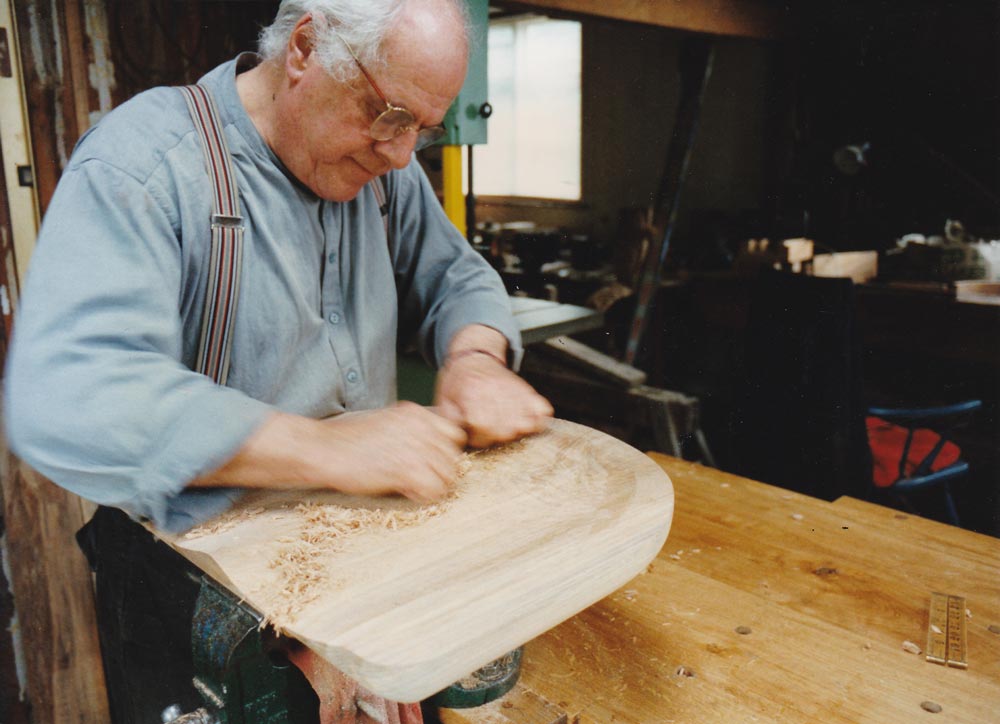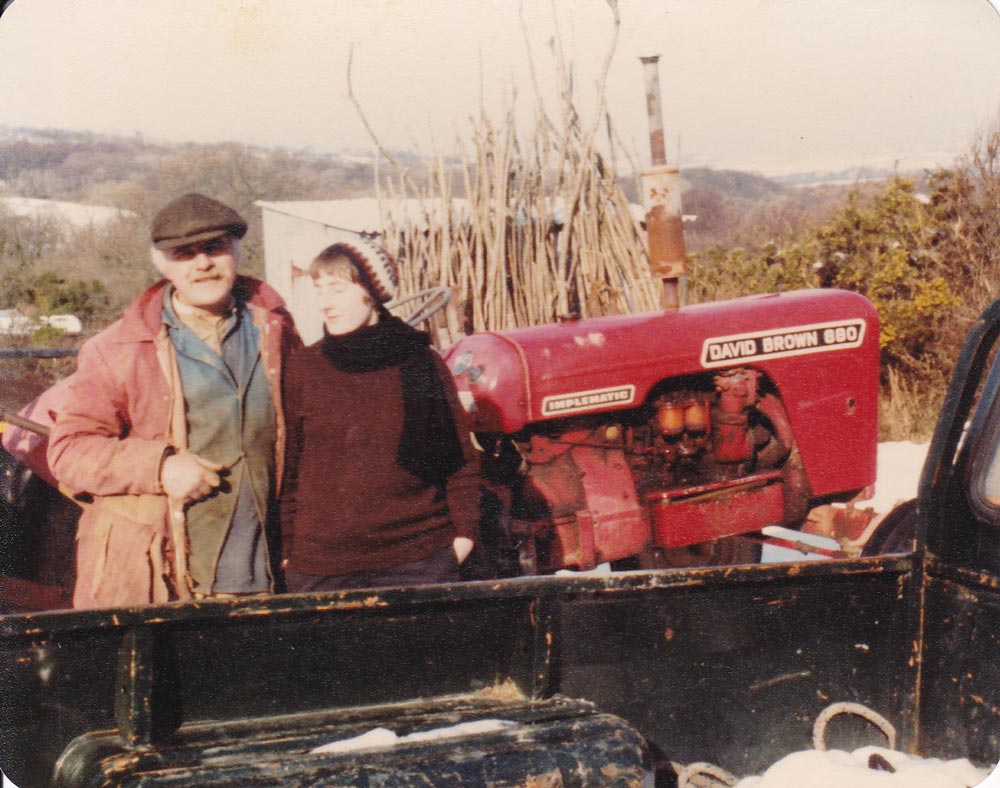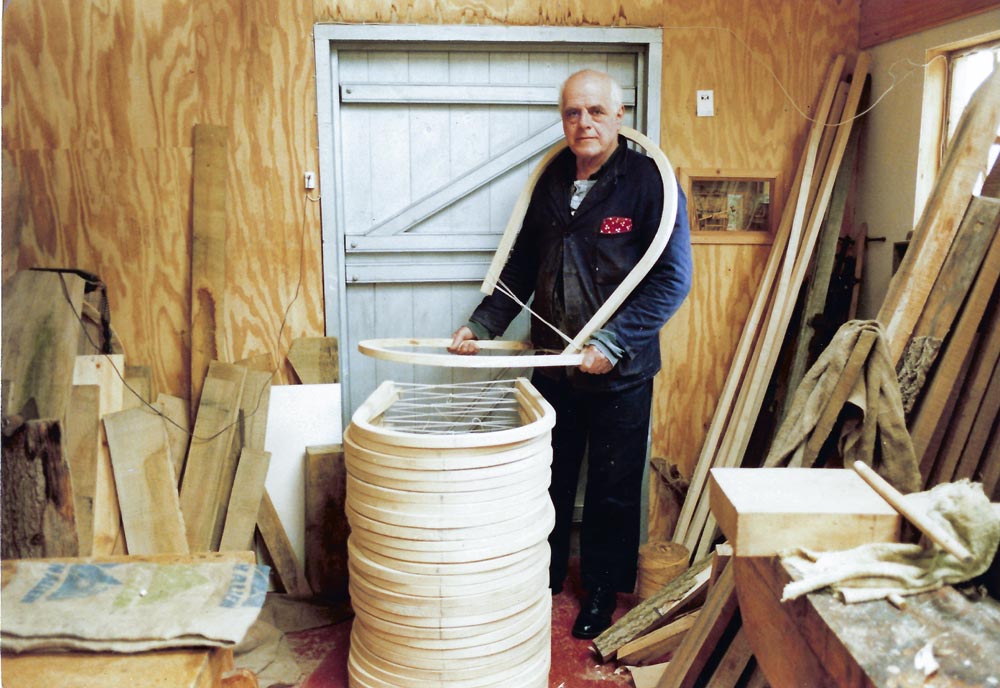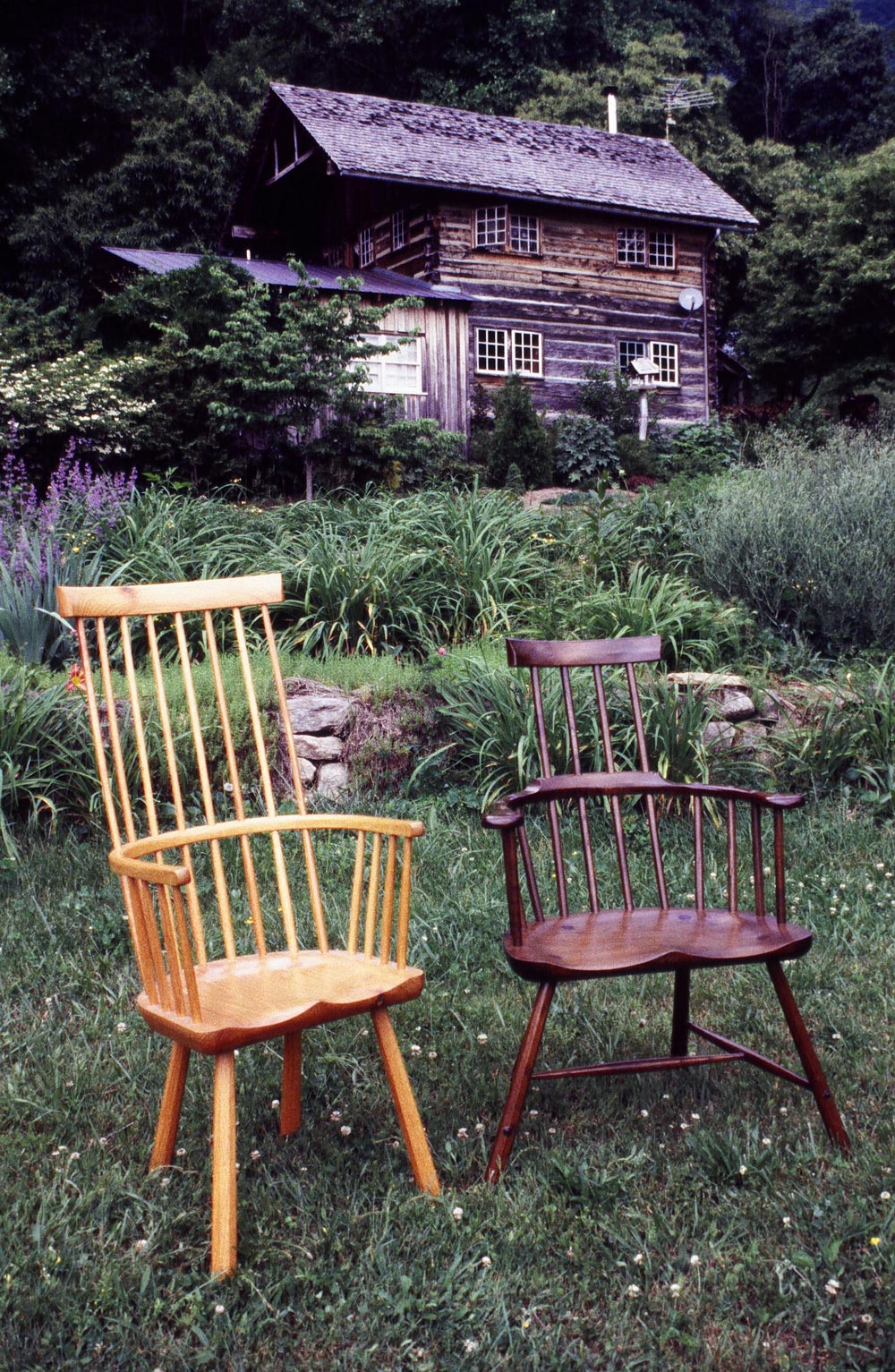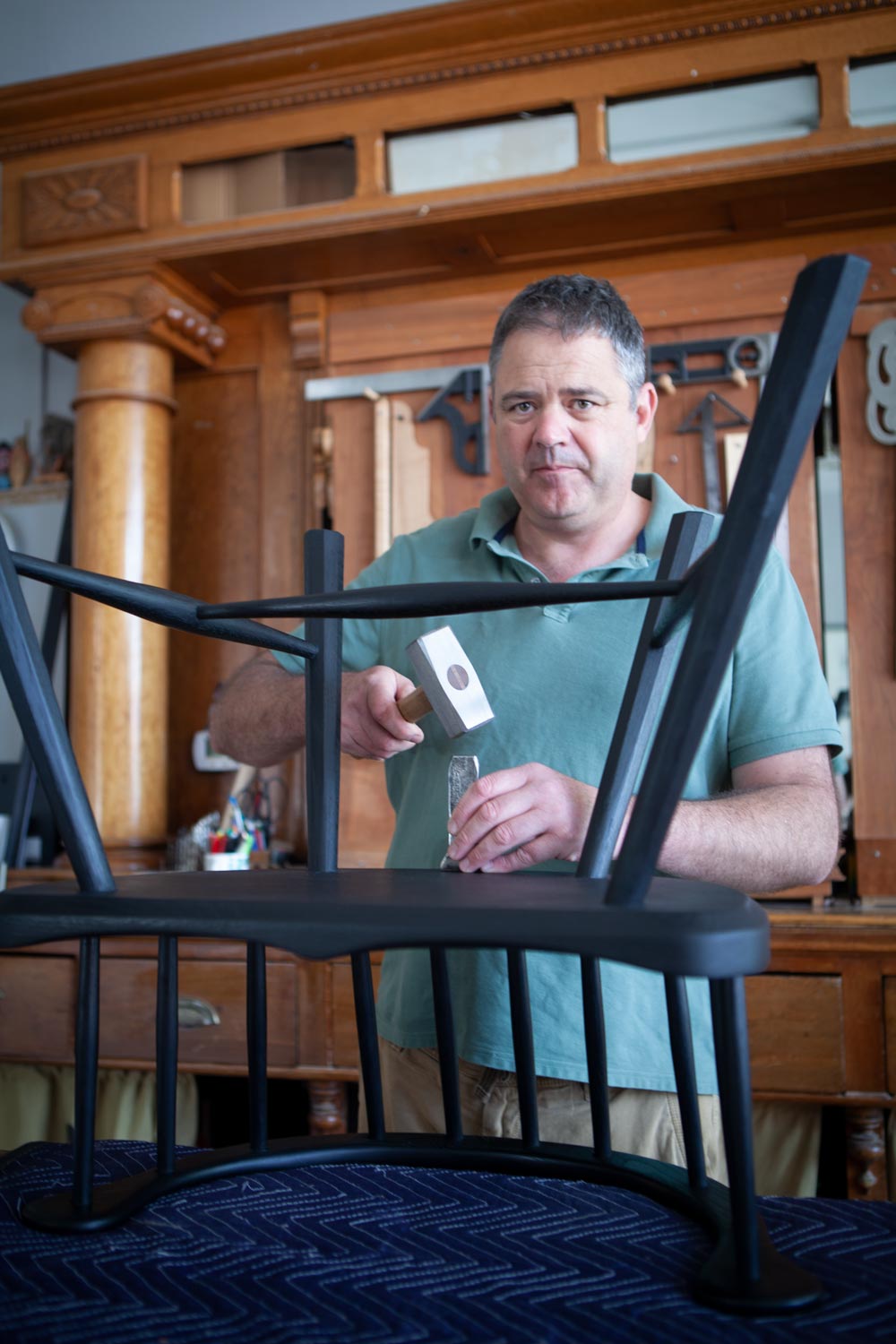
It’s funny how words don’t change but the reader does. About 18 years ago, I can distinctly recall reading John Brown’s column titled “An Uncertain Element of Success” in Good Woodworking (April 2001, issue 107) and being blown away.
The column opens with a poem by D.H. Lawrence (who the heck begins a woodworking column with a poem?) and delves into a discussion of handwork and mistakes of the hand. Because the poem is about as good a chairmaking poem as you’ll find, here it is:
What is He?
What is he?
– A man, of course.
Yes, but what does he do?
– He lives and is a man.
Oh quite! But he must work. He must have a job of some sort
– Why?
Because obviously he’s not one of the leisured classes.
– I don’t know. He has lots of leisure. And he makes quite beautiful chairs.
There you are then! He’s a cabinet maker.
– No, no
Anyhow a carpenter and a joiner.
– Not at all.
But you said so
– What did I say?
That he made chairs and was a joiner and carpenter
– I said he made chairs, but I did not say he was a carpenter.
All right then he is just an amateur?
– Perhaps! Would you say a thrush was a professional flautist, or just an amateur?
I’d say it was just a bird
– And I say he is just a man.
All right! You always did quibble.
John Brown opened this particular column with: “A good friend told me about this poem.” And at the time I thought nothing of it. As it turns out, the “good friend” was Chris Williams, who is writing the book “The Life & Work of John Brown,” which we hope to release early next year.
Chris was more than just a good friend to JB, and he is a chairmaker who is both attached to John Brown through long history and is apart from him in a lot of ways. When we set out to publish this book about John Brown, the early discussions were to provide a woodworking biography of John Brown and show how his work had progressed incredibly since the publication of “Welsh Stick Chairs” in 1990.
What has transpired since is difficult to explain in words. Chris Williams is forever tethered to John Brown, and his forthcoming book will be true to the spirit and memory of this great man.
But what I have learned during the last four years of knowing Chris is that he is more than just an observer of the John Brown story. He is today a very different chairmaker than John Brown. Here’s my best explanation. I’m sure I’ll get it wrong.
Chris is forever indebted to JB. Every sentence he speaks about chairmaking is suffused with the foundation that JB laid. But Chris’s work travels in a different arc than his teacher’s. And this is at the absolute insistence of JB himself. You’ll see all this in Chris’s book.
In the meantime, read the poem a few more times. Scrawl it on the wall of your shop. And wait patiently for Chris’s book.
— Christopher Schwarz
Like this:
Like Loading...
